

How to read a floorplan when buying a new build home or condo
1. NAME OF THE PLAN
Each model or suite will have a name that you can easily remember and refer to when deciding which home design you like. The number beside the name refers to the size of the lot your home will sit on, measured in feet.
2. STYLE INFORMATION
The different styles refer to the exterior look of the home. These may affect the interior square footage slightly, and for this reason, square footage often corresponds with each style. On a condo plan, this would often include the number of bedrooms, bathrooms, den and balcony or terrace options.
3. MAJOR ELEMENTS
Major elements in the floorplan will be labeled for ease of reading. These elements will almost always include the main features of your home, such as the bedrooms, bathrooms, kitchen, porch, laundry room, foyer and living area. They may also include other important elements to make the floorplan easier to understand such as the breakfast bar, soaker tub, storage area or linen closet.
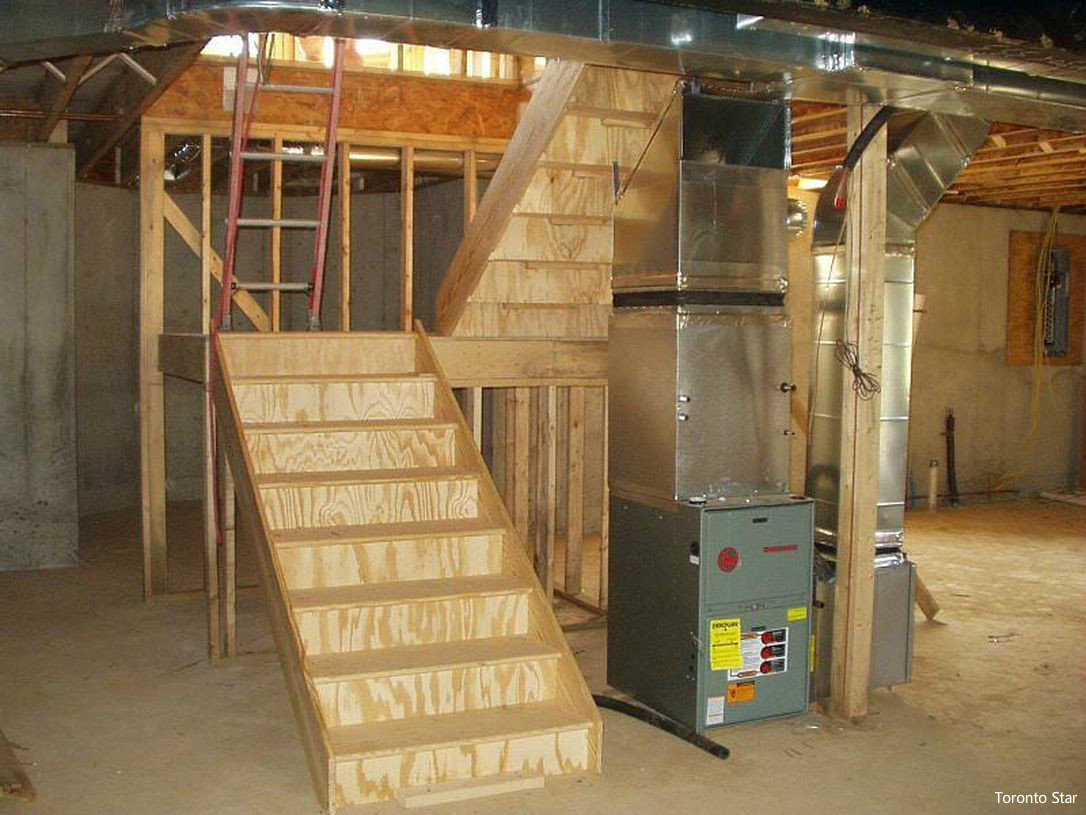
4. COMMONLY USED ABBREVIATIONS
Because of space limitations, you’ll often come across abbreviated words throughout the floorplan. Here are a few common ones you’ll encounter:
W.I.C – Walk in Closet
W/D – Washer and Dryer (if shown together that indicates the appliances are stacked)
I.P. – Walk in Pantry
STOR. – Storage area
LN. – Linen closet
DN. – Used on stairs, indicating the stairway down.
OPT. – optional features that do not come standard with your home
PR – powder room
5. DIMENSIONS
Throughout the entire floorplan, the dimensions of the various areas and rooms will be indicated in feet and inches. The diagram below will give you a better understanding of how these dimensions relate to the space. It’s important to note that dimensions are measured from the center of the room and assume the space is rectangular. The true dimensions can vary slightly with the shape and curvature of the room.
6. DOORS
All doors will be indicated by a dotted line in the direction it opens. Sliding doors, as seen on some closets on the example above will be indicated with two thin, slightly overlapping rectangles. Sliding doors will be indicated with an arrow in the direction of the sliding door.
7. TILES
The presence of tiles and the various tile sizes will be represented by different sized squares on the floorplan. It’s not uncommon to see part or all of the kitchen tiled, although this isn’t the case for every model. Keep in mind that despite the size of the tiles indicated, upgraded tiles are often available in different sizes and colours. You can discuss your options with your sales or decor representative.
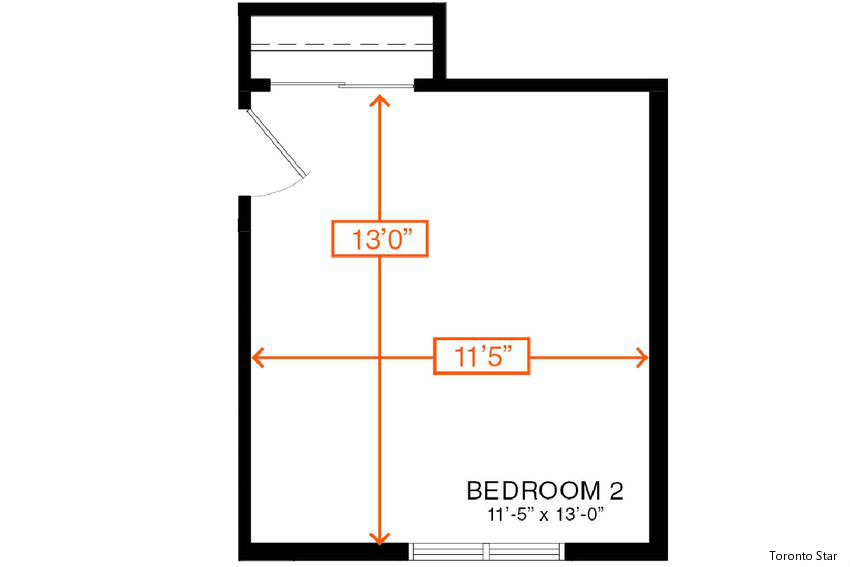
8.
CABINETS
The presence of upper cabinets is indicated
by a dotted line, as seen in the kitchen area above. This gives you an idea of
their depth. Lower cabinets are built in and not specifically indicated. Your decor representatives will be able to
review and confirm the position and number of cabinets included in a specific
kitchen layout.
9. CLOSETS
Different closets will have different doors
and built-in storage systems. The door will be indicated by either a swinging
or sliding door icon, and the storage system will be show by a solid and dotted
line, which represents a shelf and/or rod feature for clothing organization.
10.
STAIRS AND MULTIPLE FLOORS
It can be difficult to understand how the
relationship between the different levels and open space between floors will
all work together when looking at a two-dimensional drawing. Each staircase will
display the location of the staircase, any features under the stairs (storage
closets etc.) as well as the direction of the stairs, marked with an UP or DN
and a directional arrow. The second floor is often open in some area to view
the floor below, and this area will be labeled with a “Open to below”, as with
the example above. Other elements will be clearly labeled, such as the railing
on the second floor. The jagged line shown on the stairs of the main floor and
basement plan is simply there to indicate the divide between the levels.
11.
WALLS & WINDOWS
The various walls, outside doors and
windows will be indicated by different lines and icons. Shaded areas are used
to show different features, such as pillars and or structural beams, and
sometimes space around different features such as the shower is needed due to
the plumbing required behind the walls. Dotted lines, shown between the Kitchen
and Great Room indicate an open area, or lack of wall. The various windows will
be indicated by various rectangles that specify the size and number of window
panes there are.
12.
OPTIONS
Throughout the floorplan, you will see
various featured indicated with ‘optional’. For example, the OPT. fireplace in
the Great Room. The optional features and pricing can be discussed with your
decor representative.
13.
UNFINISHED BASEMENT
All Empire homes will have unfinished
basements, which means the basements have a wooden frame with a concrete floor,
but does not have drywall and flooring.
Elements that are installed in your
basement are represented with a dotted line, such as the stairway and
mechanical area. Most homes will have the option of a rough-in bathroom. This
means that the plumbing is installed but the bathroom remains unfinished,
without framing, drywall and tiling or fixtures. The large areas with a dotted
X, marked ‘Unexcavated’ means that those areas will remain undug and
inaccessible. Your basement ends along the wall where that area is shown. As
with the example above, there is an option of a Cold Cellar, which will be
excavated if the homeowner requests it.
The best way to really visualize your space
is to use a combination of renderings, model homes or vignettes where available
as well as the help of sales and decor professionals. Start by visualizing yourself
walking in the front door and take yourself through the home to really
understand how your space will work, look and feel. Not every design will work
for your lifestyle or living situation and that’s okay. And of course, if you
have any questions, there’s always help to find the home that works for you.
(Toronto
Star)
 I need PRO contractor
I need PRO contractorSubmit your info.
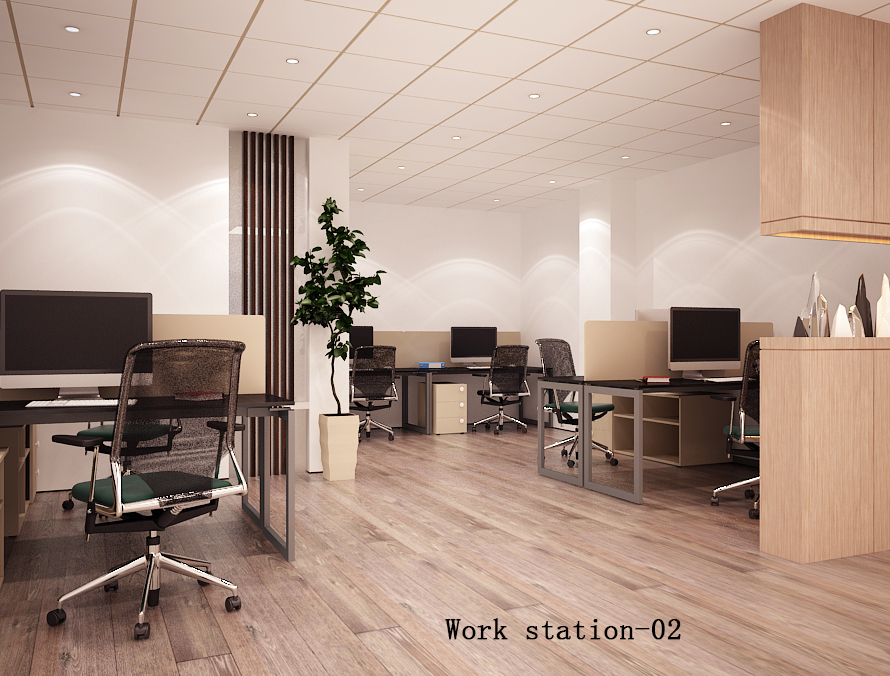
Like:2451
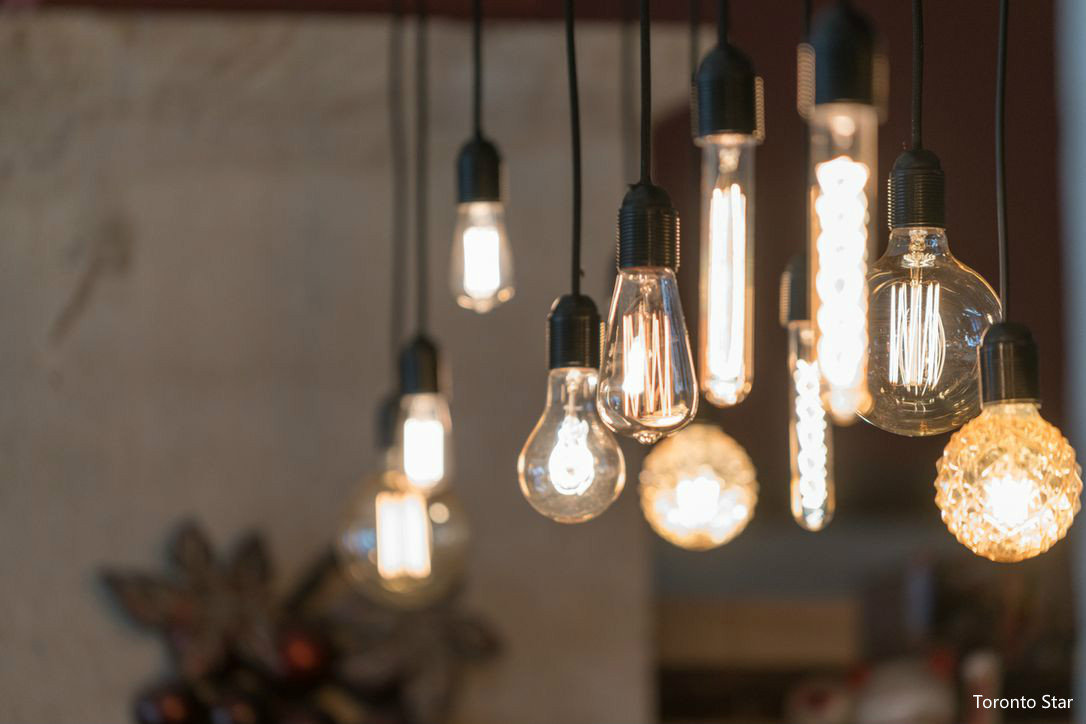
ThekeystolightingyourhomeWhenweplanourhomes,wethinkaboutmanydifferentfeatures,fromflooringandhardwar...
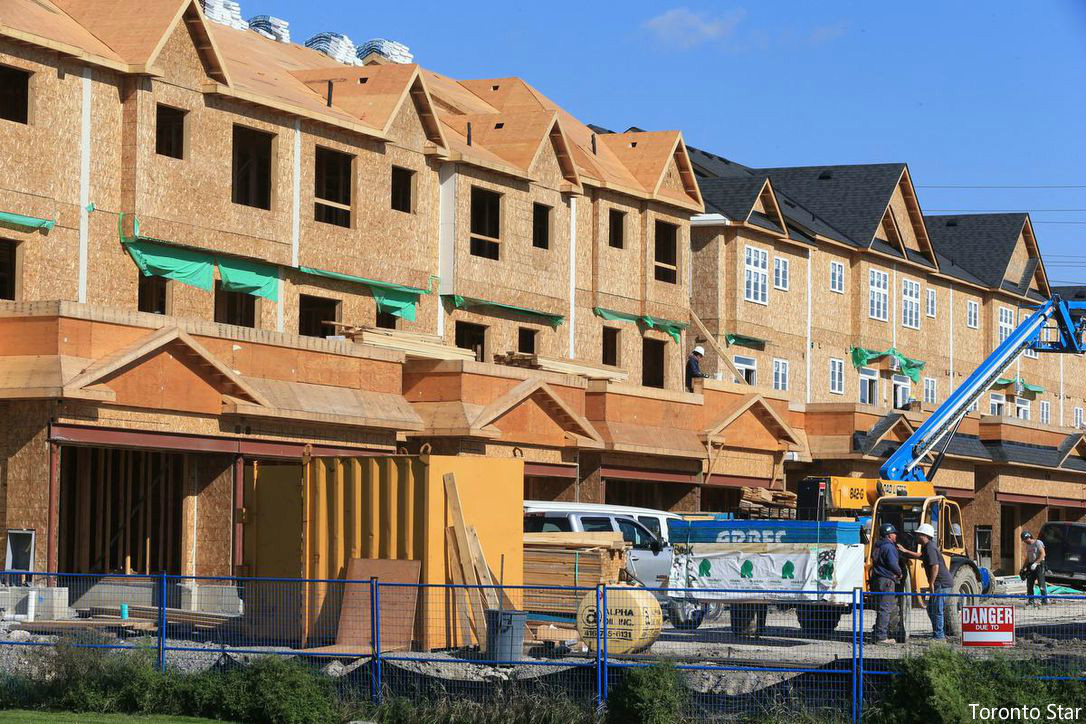
2019timetoactonhousingsupplyandmortgagesTheunderlyingissuesaffectingthesupplyofhousingintheGTA—and,...

YoumightthinkYorkUareaisboringsuburbs.WefoundapastoralwonderlandYouwon’tfindtheseneighbourhoodsonto...

Thecondofamily:RaisingkidsinthecityThesingle-familyhomeisnolongerthegoldstandardforfamilyhousing.Asm...
Please fill in correct info,!